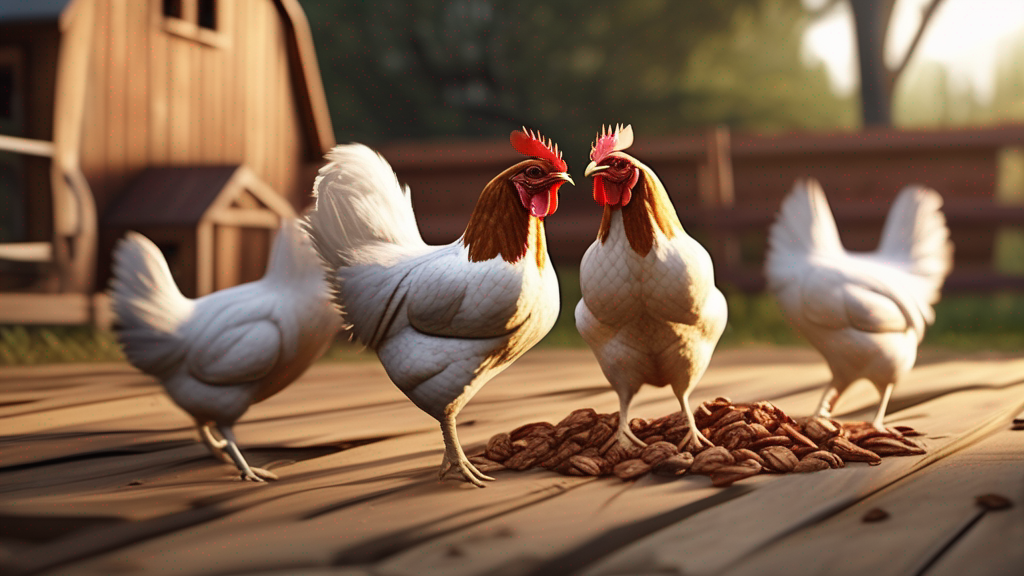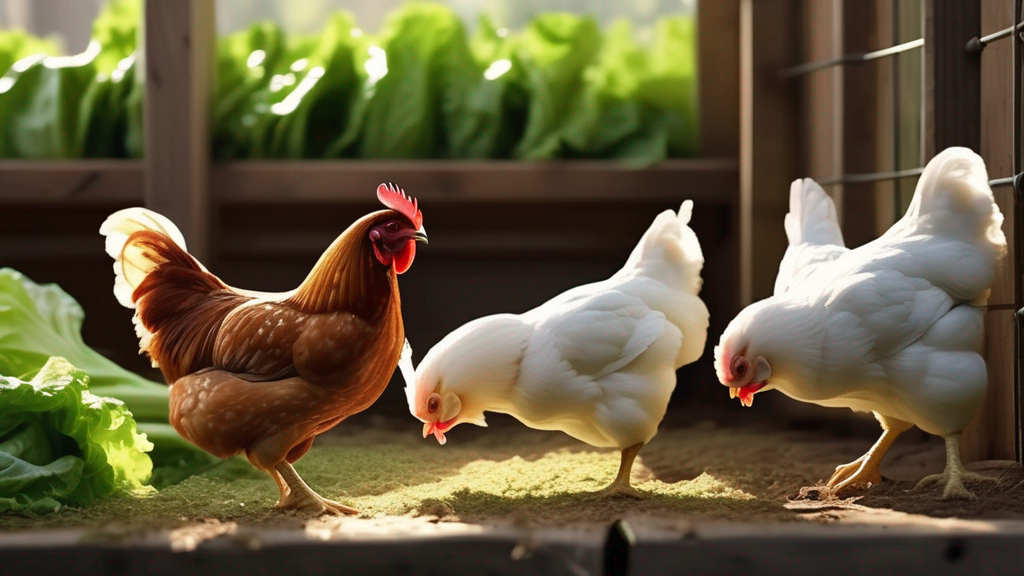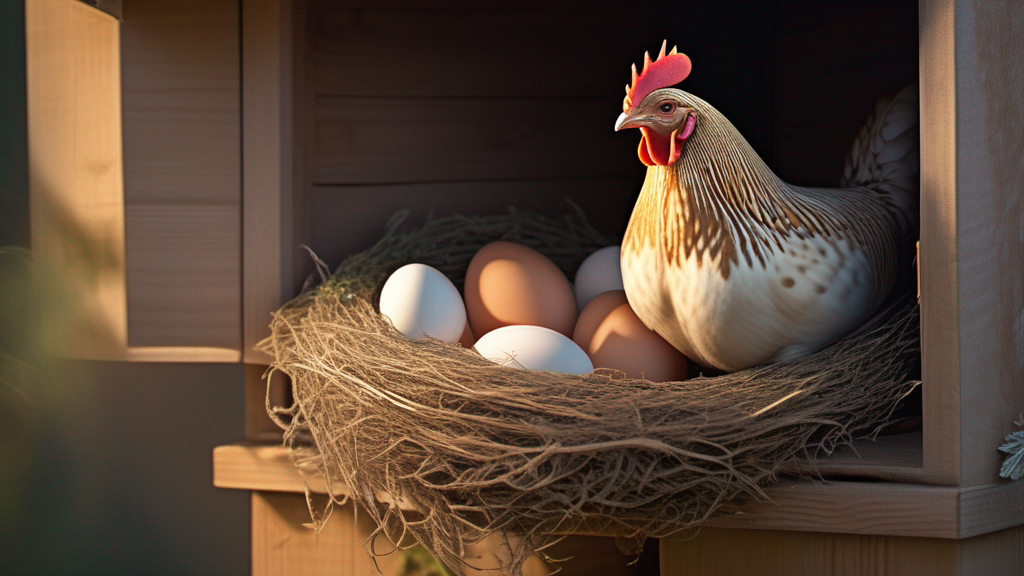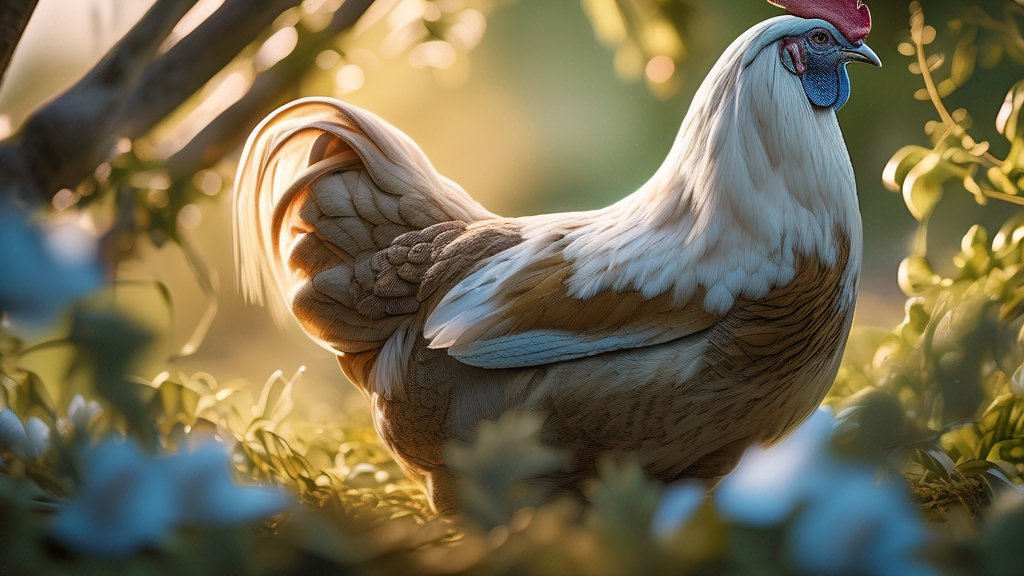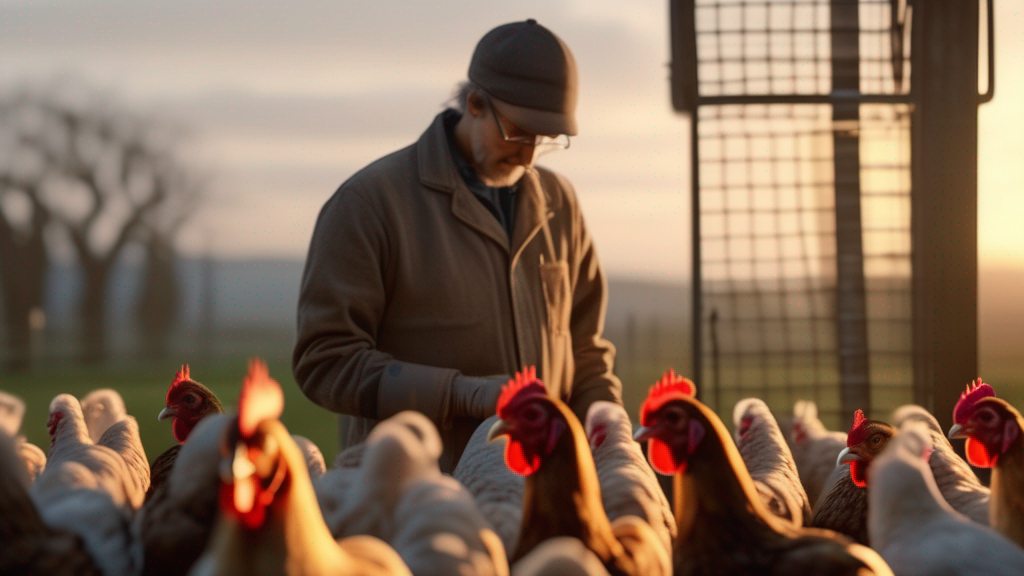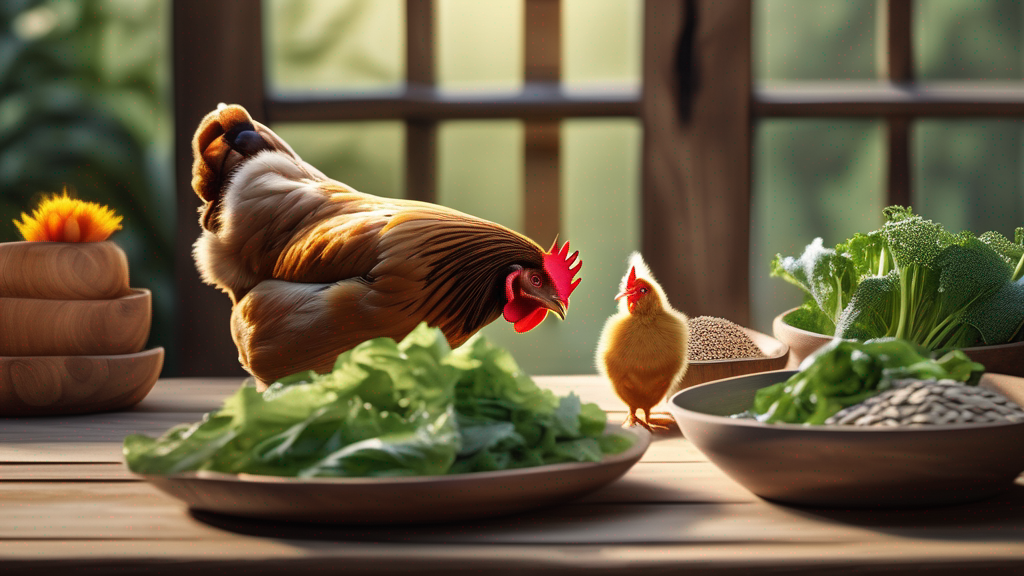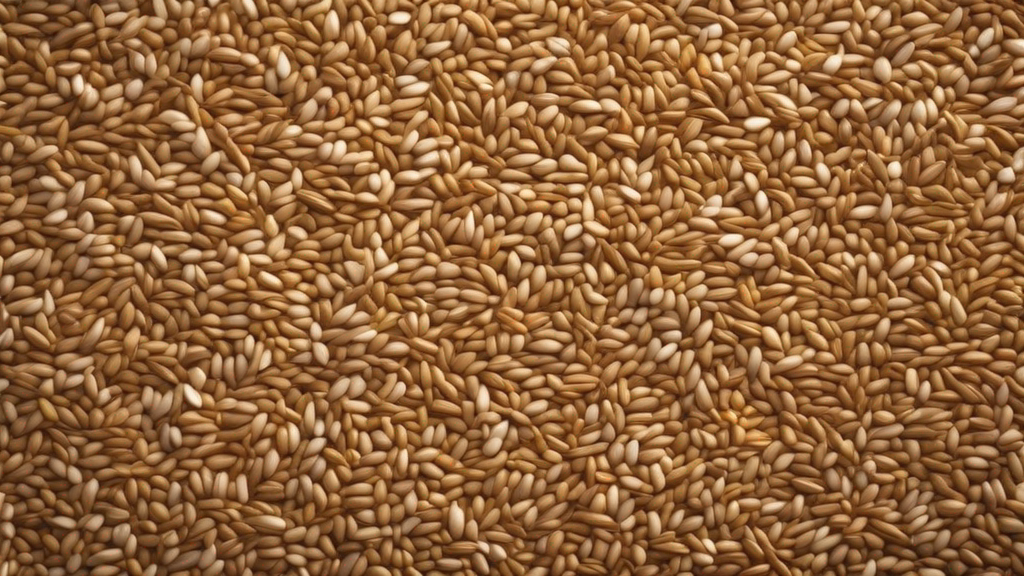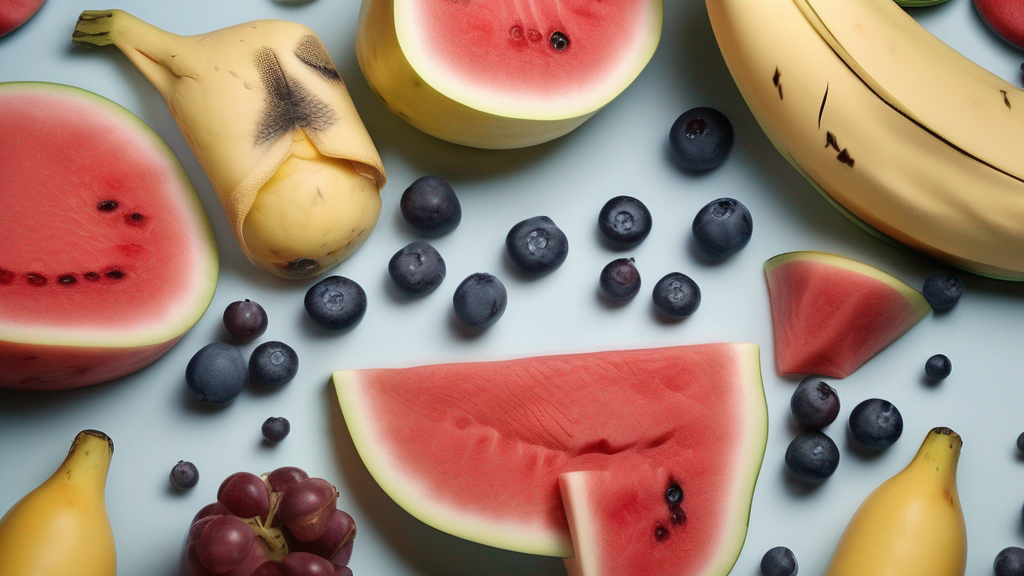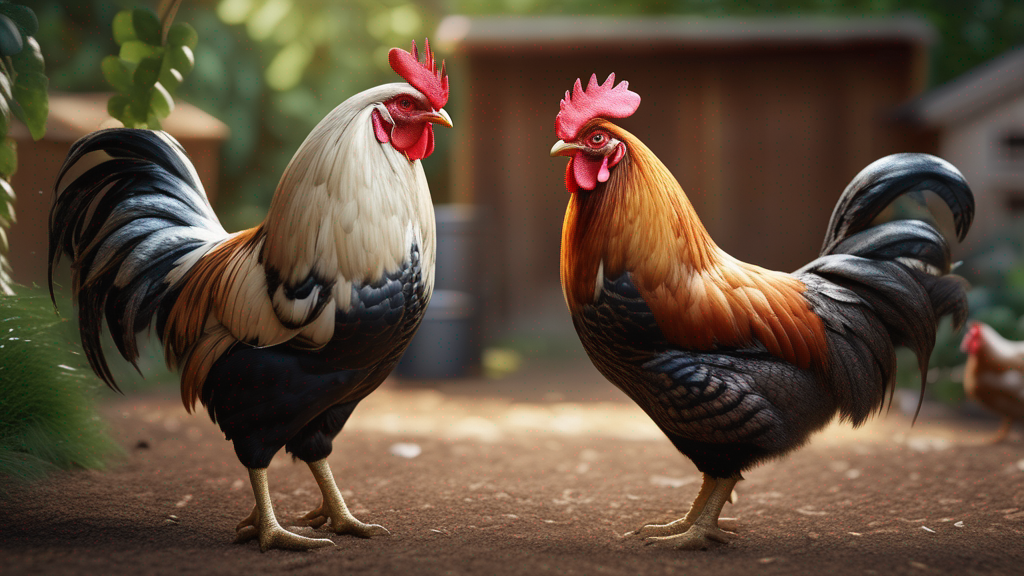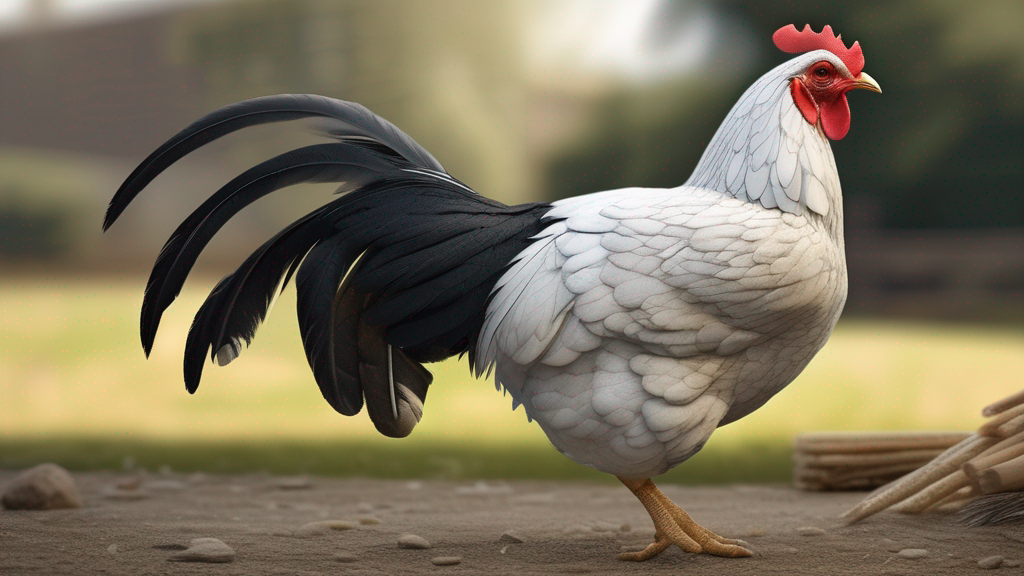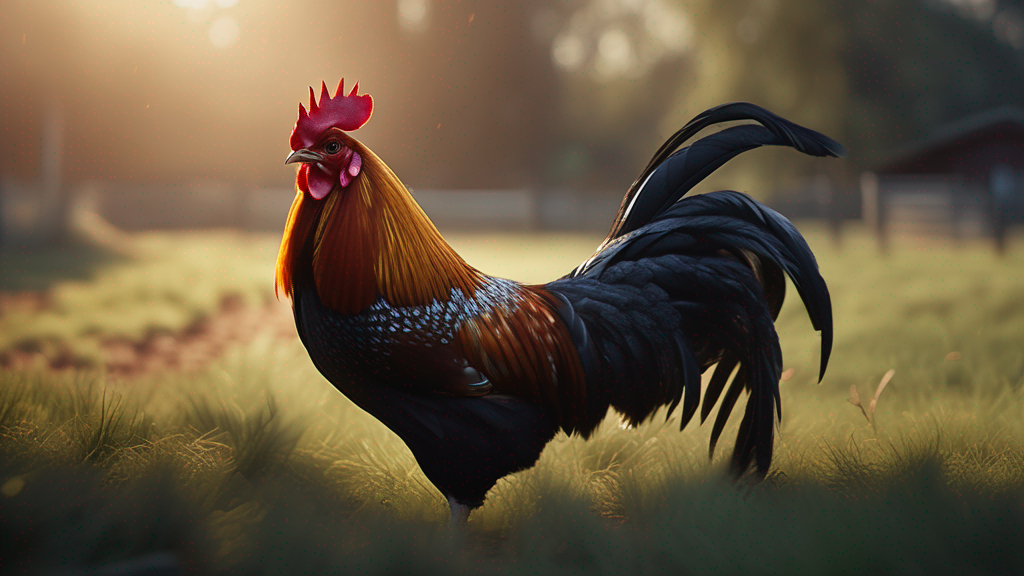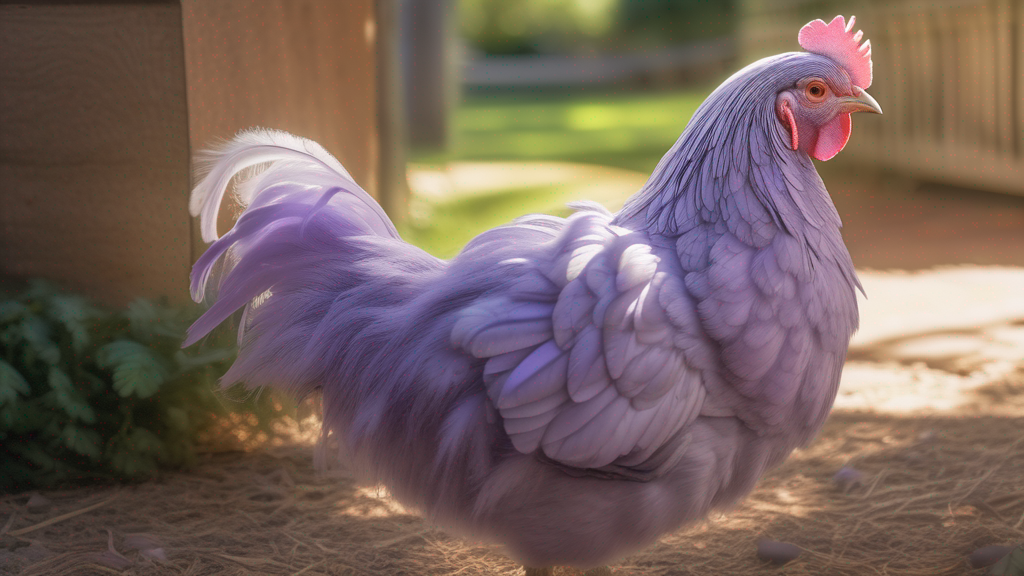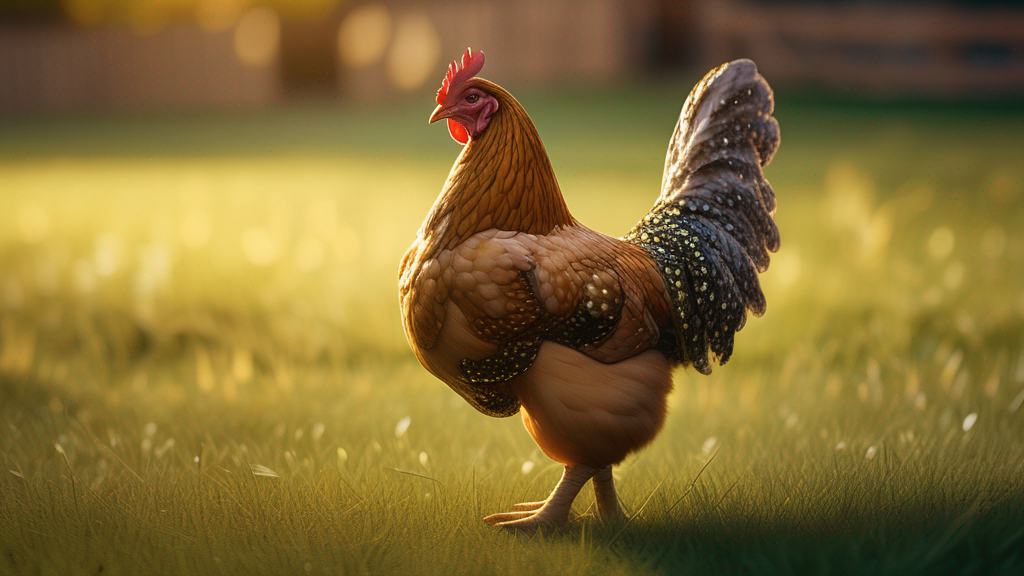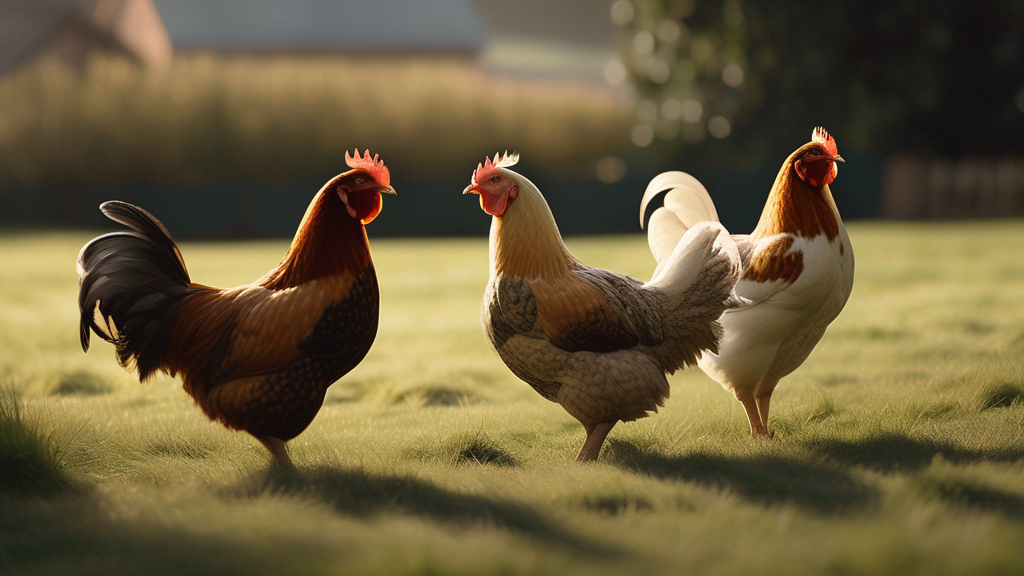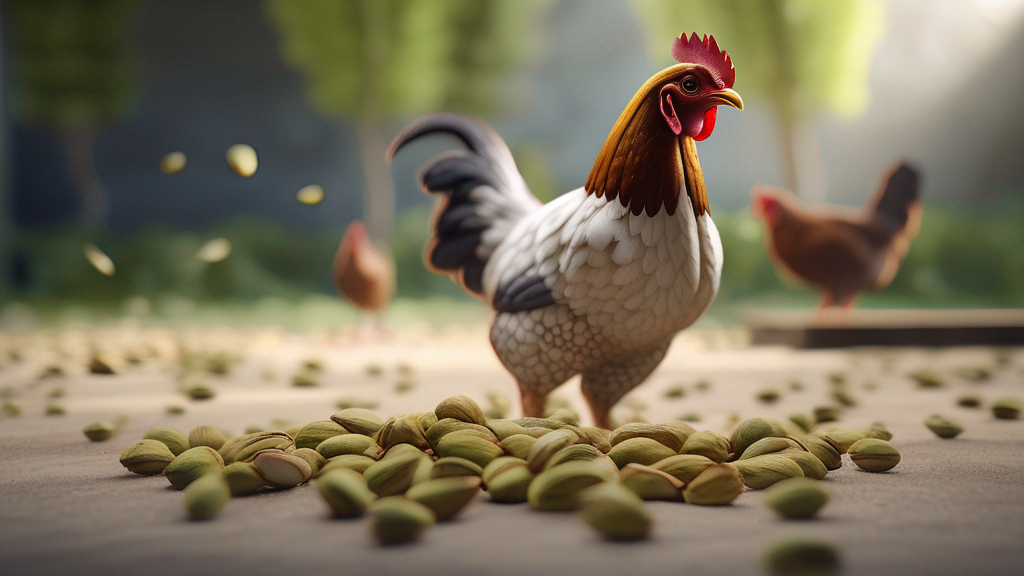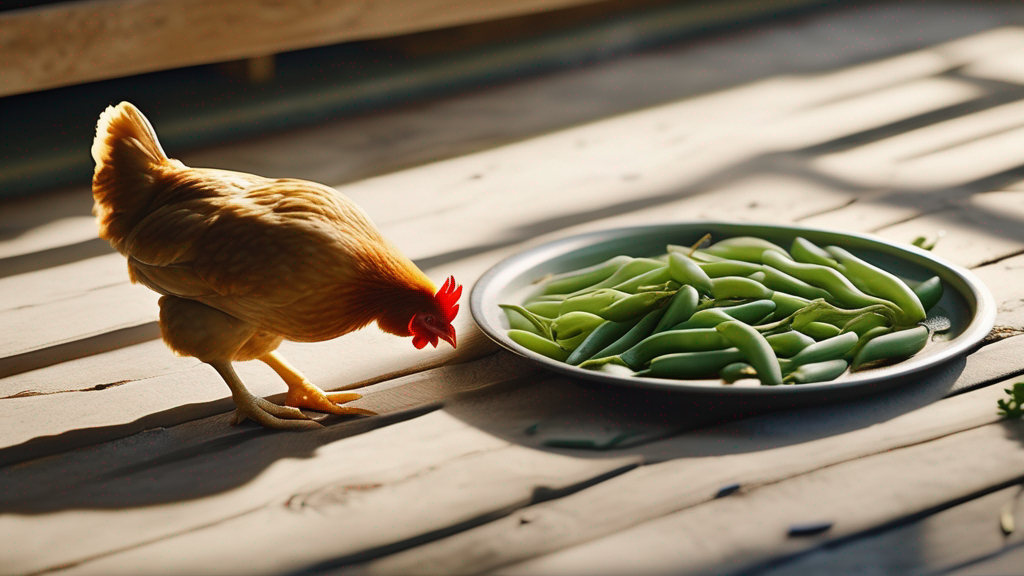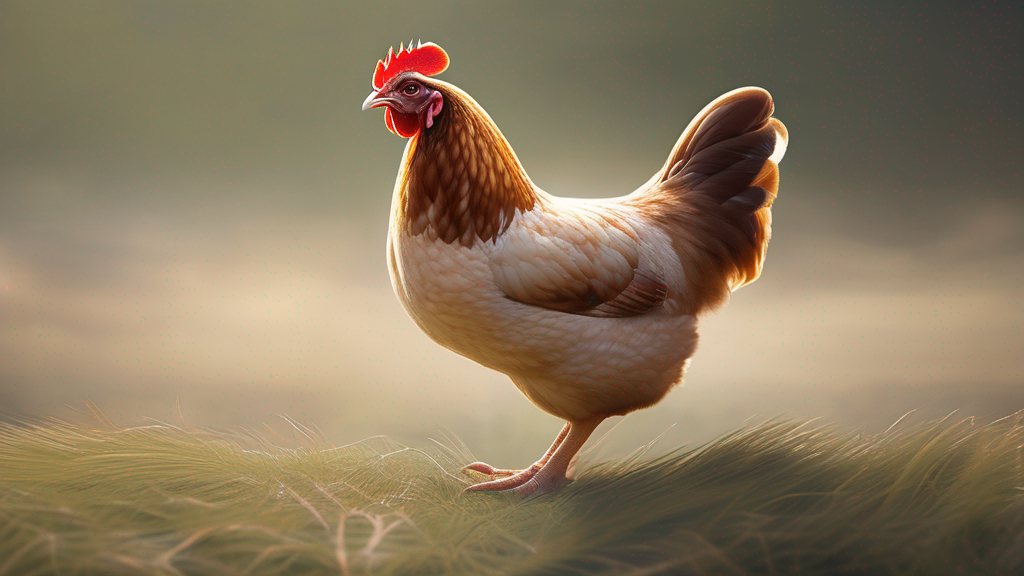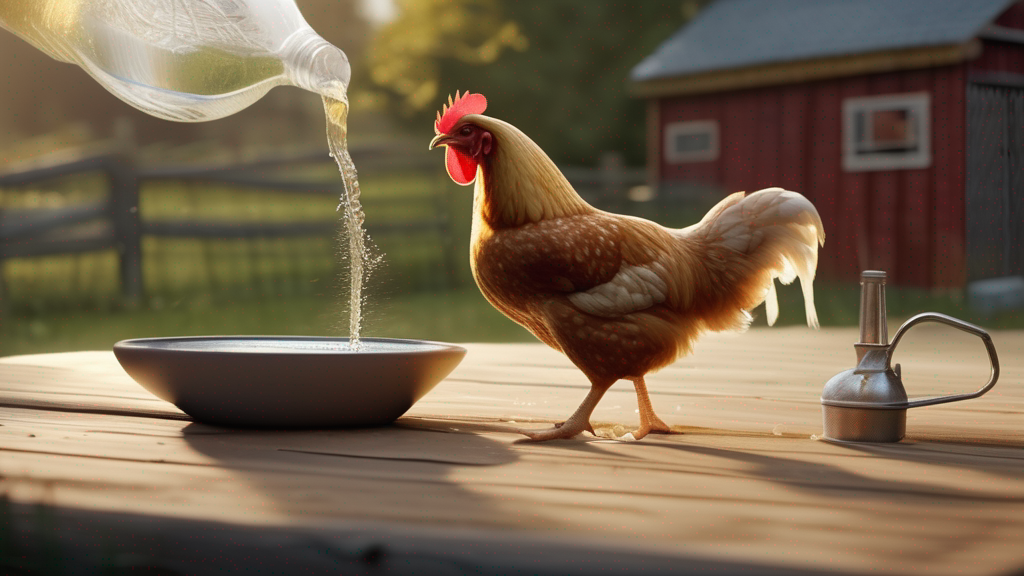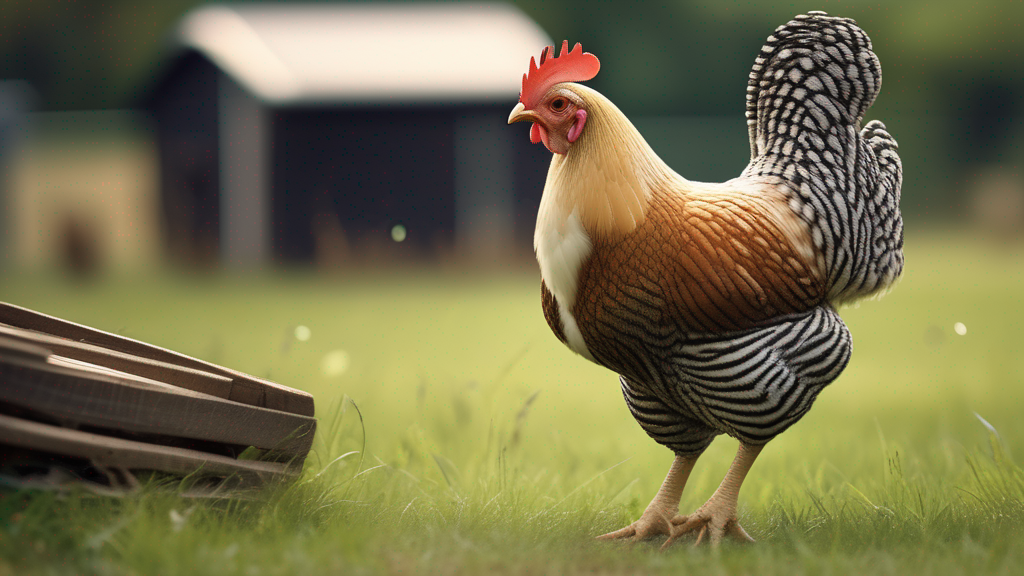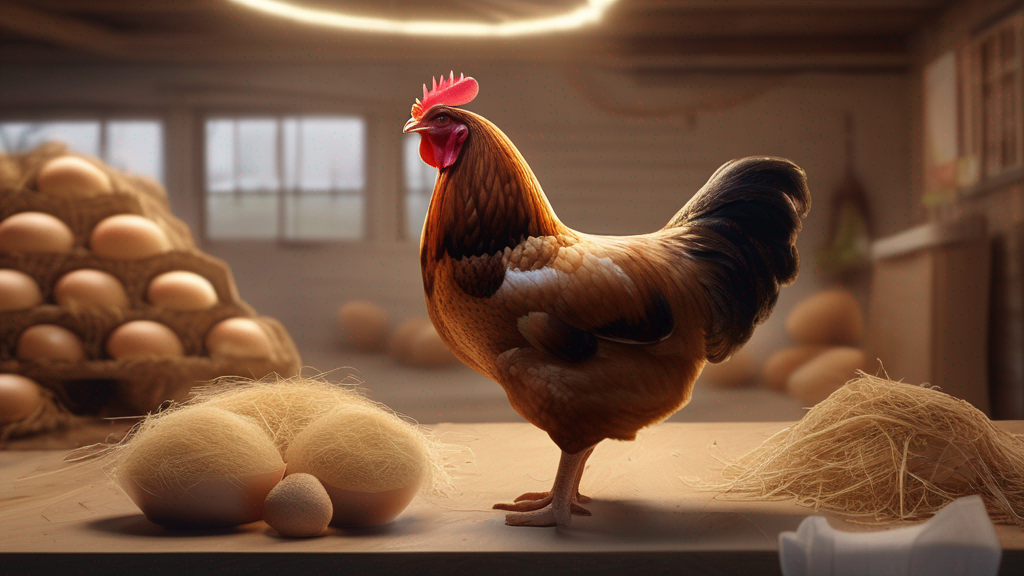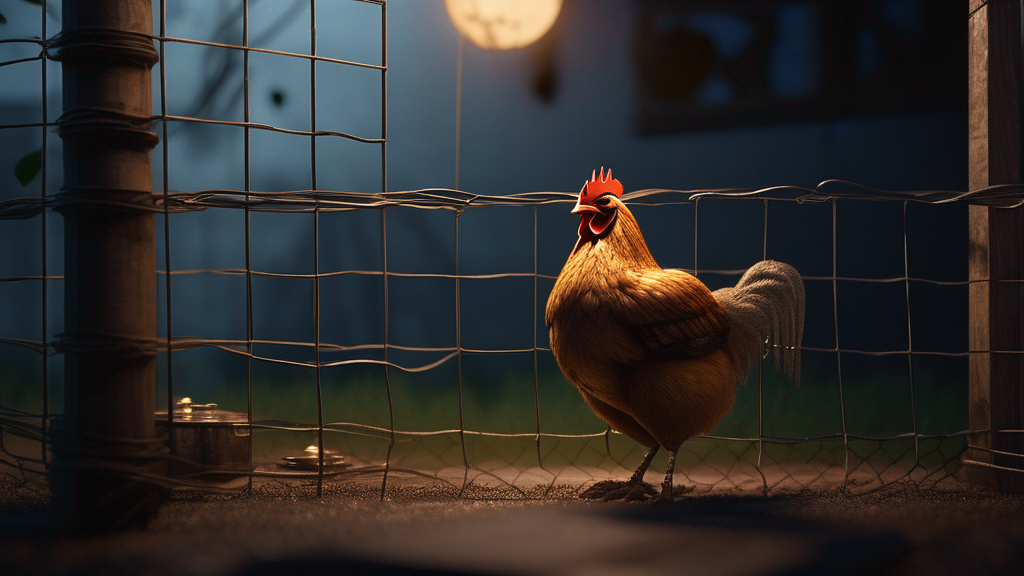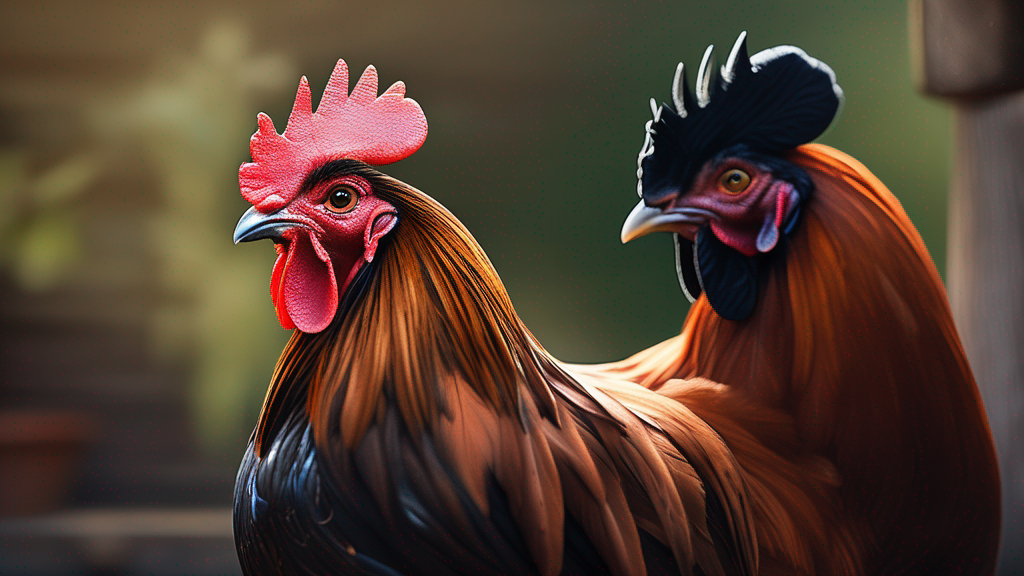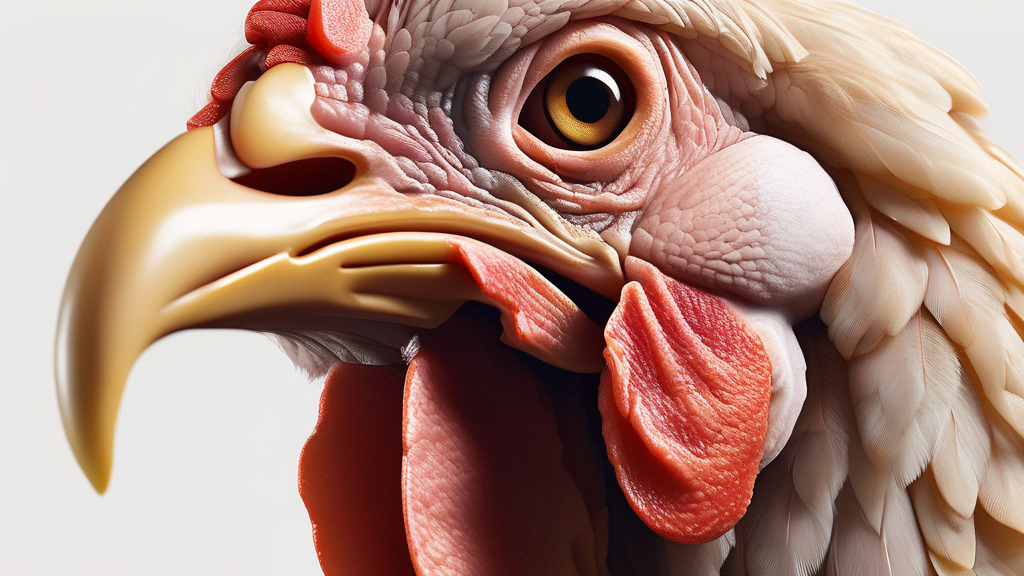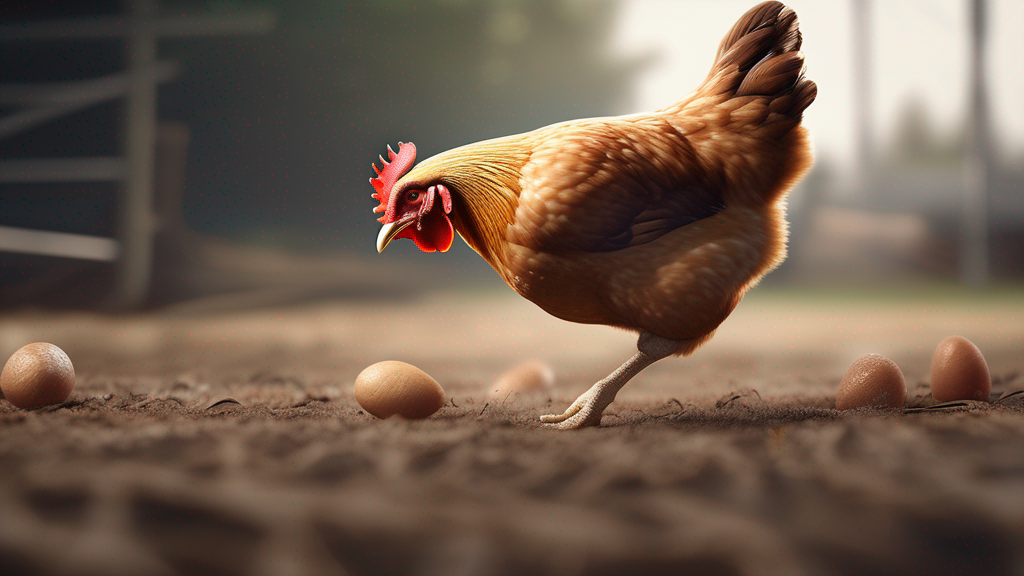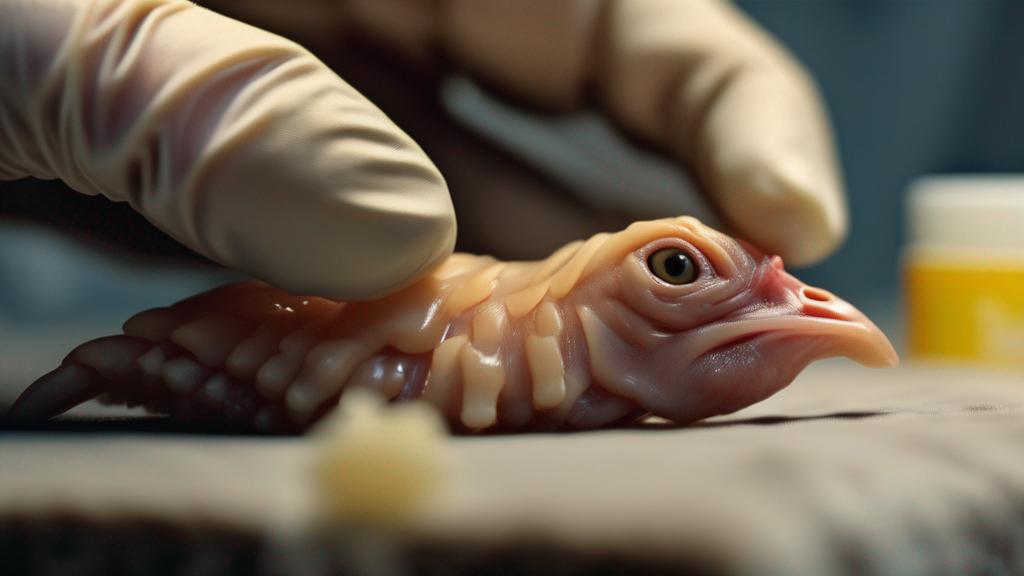Keeping a single chicken can be rewarding but requires thoughtful management, since chickens are naturally social animals. A solo hen needs extra attention to ensure she remains mentally stimulated, physically healthy, and emotionally content. This guide covers environment setup, enrichment strategies, diet and health considerations, behavior monitoring, safe social interactions, and troubleshooting common issues when caring for a lone bird.
1. Understanding the Social Needs of Chickens
Chickens are flock animals by nature. In a group, they establish hierarchies, engage in mutual preening, and derive comfort from company. A single hen lacks peer interactions, so it’s important to replicate elements of social life in other ways:
- Recognize natural behaviors: Foraging, dust bathing, perching, and vocalizing are normal activities. Even alone, a hen will attempt these behaviors, but may become bored or stressed without companions.
- Potential for loneliness: A solo hen might call frequently, pace, or exhibit signs of stress or frustration such as feather pecking at herself. Understanding this drives the need for enrichment.
- Bonding with human caregiver: While not a replacement for flock mates, regular gentle interaction, talking, and handling (if the hen is comfortable) can offer social stimulation.
2. Housing and Environment Setup
Proper housing is foundational. For a single hen, optimize the coop and run to provide security, stimulation, and comfort.
2.1 Coop Size and Layout
- Adequate space: Even for one bird, provide at least 4–6 square feet inside the coop. Extra room allows her to move freely, stretch wings, and avoid feeling confined.
- Secure and predator-proof: Solo hens may be more vulnerable if predators associate reduced activity patterns; ensure sturdy locks, hardware cloth on openings, and proper closure at night.
- Multiple perch options: Provide at least two perching bars at different heights and orientations. This allows the hen to select comfortable roosting spots and encourages movement and jumping.
- Nest box: Even if not laying or if a pet, a cozy nest box gives a retreat. Line it with soft bedding; she may use it as a quiet hideaway.
- Visibility: Position windows or ventilation openings so she can see outside movement (birds flying by, caretakers approaching). Visual stimuli help reduce isolation stress.
2.2 Run and Free-Range Considerations
- Secure enclosed run: Provide 8–10 square feet of run space. Enclose overhead to protect from aerial or climbing predators. Solo hens may hesitate to venture far; ensure safe structure so she can roam confidently.
- Visual access to surroundings: Situate run where she can observe garden activity, other animals at a distance, or humans moving. This offers visual enrichment.
- Rotational access: If possible, allow free-ranging under supervision in a safe area. Supervised outings provide stimulation—pecking at insects, exploring new ground, and varied scenery.
- Weather protection: Provide shaded spots, shelter from rain or wind. Solo hens may be reluctant to move when conditions are adverse; comfortable microclimates encourage activity.
3. Enrichment Strategies for a Solo Hen
Since there are no flockmates to peer over or follow, enrichment is crucial to prevent boredom and negative behaviors. Below are multiple enrichment approaches:
3.1 Foraging and Feeding Enrichment
- Scatter feed and treats: Instead of placing feed in a static feeder, scatter small amounts of scratch grains, mealworms, or safe vegetable scraps around the run or coop floor. This mimics natural foraging and keeps her pecking.
- Puzzle feeders: Use hanging treat dispensers or treat balls designed for poultry. She must peck or move them to release bits of feed, providing mental engagement.
- Variety of safe foods: Offer different approved vegetables, fruits, herbs (e.g., parsley, mint), and insects to maintain interest. Rotate items weekly so she anticipates new tastes.
- Hidden treats: Bury treats lightly under bedding or leaf litter to encourage scratching and exploration behavior.
3.2 Physical and Environmental Enrichment
- Perches at varying heights: Install branches, logs, or custom roosts at different levels within the run and coop. Changing perch heights encourages jumping and muscle activity.
- Obstacle elements: Provide safe logs, stumps, or low platforms she can climb on or hop off. This builds physical dexterity and mental engagement.
- Dust bath area: Dedicate a spot with suitable substrate (sand, wood ash mix) for dust bathing. If outdoors is too wet or small, create an indoor dust bath container. Regular dust baths support feather condition and give purpose.
- Mirror or visual stimulation: Some keepers place an unbreakable mirror at a safe angle; the hen may interact with her reflection, perceiving social presence. Monitor her reaction: while some may be comforted, others may peck anxiously—observe and remove if it causes stress.
- Safe “companion” objects: Items like a small chicken-shaped decoy or outdoor-safe decorative objects can provide a visual focus. She may treat it as a companion or use it to peck around, but ensure it cannot injure her.
- Varied substrate: Change areas of ground cover: patches of soil, sand, leaf litter, or chopped straw encourage different foraging behaviors and textures underfoot.
- Seasonal adjustments: In colder months, provide straw bales or sheltered hiding spots; in hot months, ensure shade cloth or cooling elements (e.g., shallow water dish for cooling feet). Changing environment with seasons keeps stimulation diverse.
3.3 Sensory and Cognitive Enrichment
- Audio stimulation: Play gentle natural sounds (bird calls, soft music) at low volume. While not replacing real flock noise, it may reduce loneliness. Observe if she responds calmly or appears stressed.
- Interaction with caretaker: Spend regular time near her, speaking softly, offering treats by hand, gentle petting if she enjoys it. This builds trust and social bond.
- Training and targeting: Teach simple behaviors using positive reinforcement (treat rewards): stepping onto a perch on cue, coming when called, or walking through a small obstacle course. Training sessions provide mental challenge and strengthen human-hen bond.
- Visual stimulation: Place the run near areas with wildlife activity (but safe distance from predators) so she can observe insects, birds, or small animals outside the enclosure.
4. Diet and Nutrition for a Single Hen
Nutrition remains critical for health and mood. Ensure balanced feed and thoughtful treats:
4.1 Base Diet
- High-quality layer feed: Provide a nutritionally complete commercial feed appropriate to her life stage. This ensures adequate protein, vitamins, minerals, and calcium for egg production (if laying) or general health.
- Grit and oyster shell: Offer free-choice grit (if she forages non-grit sources) to aid digestion, and oyster shell for calcium if laying. Even a solo hen benefits from self-regulation of calcium intake.
- Fresh water: Unlimited fresh, clean water is vital. Check multiple times per day, as solo hens may reduce intake if water is stale or too warm/cold. Consider adding a shallow water bowl in run for hot days to allow foot cooling.
4.2 Treats and Supplements
- Treat moderation: Limit treats to under 10% of overall diet to avoid nutritional imbalance. Use treats strategically for enrichment rather than free feeding.
- Vegetable and fruit scraps: Offer small amounts of safe produce (e.g., leafy greens, grated carrots, cucumber). Slice or chop into bite-sized pieces for easy handling. Scraps encourage foraging behavior.
- Protein boosts: During molt or stress, provide protein-rich treats: mealworms, cooked eggs, or small amounts of cooked lean meat. This supports feather regrowth and energy needs.
- Herbs and health-supporting additives: Safe herbs (e.g., oregano, basil) can be scattered or mixed into treats. Some keepers offer diluted apple cider vinegar occasionally in water for gut health, but ensure she drinks normally and monitor for any adverse reaction.
5. Health Monitoring and Veterinary Care
A solo hen’s health should be closely observed, since absence of flockmates means signs of illness may be more subtle or delayed if not monitored:
- Daily observations: Watch for changes in appetite, water intake, activity level, droppings consistency, and appearance (feather condition, comb color). Note any lethargy, ruffled feathers, or labored breathing.
- Regular hands-on checks: Gently inspect her body for parasites (mites, lice) around vent, under wings, and on skin. Check feet for bumblefoot, legs for swelling, and beak for proper alignment.
- Weight monitoring: Periodically weigh or body-condition-score to detect unexplained weight loss or gain. Adjust diet or seek veterinary advice if significant changes occur.
- Parasite prevention: Maintain clean bedding, provide dust baths, and treat as needed. Even a single hen can host parasites that affect her health seriously.
- Vaccinations and preventive care: Follow regional recommendations for poultry vaccinations. A solo hen may still face risks from wild birds or pests; preventive measures protect her health.
- Access to veterinary care: Identify a poultry-savvy veterinarian in advance. If illness arises, prompt professional diagnosis and treatment improve outcomes for the lone bird.
6. Social Alternatives and Safe Companionship
Whenever possible, consider providing companionship. However, if keeping strictly a single hen is necessary, explore safe alternatives to simulate social stimuli:
6.1 Visual and Auditory Companions
- Neighboring flocks: If you have other poultry species or other people’s flocks visible at a distance (but not sharing direct contact), placing the solo hen’s run within sight of other birds can offer a sense of company.
- Audio recordings: Playing gentle chicken clucking or soft flock sounds may provide auditory cues reminiscent of a flock. Use sparingly and at low volume; observe her response to ensure it is comforting, not distressing.
- Mirror use (with caution): A shatterproof mirror placed safely may elicit engagement. Monitor if she pecks repeatedly at reflection or appears anxious; remove if negative behavior emerges.
6.2 Introducing a Companion (If Appropriate)
Ideal solution is adding at least one more chicken, but only if circumstances allow:
- Assess feasibility: If space, budget, or local regulations allow, adding a companion hen often greatly improves welfare. Quarantine new bird, then introduce gradually (visual separation, supervised interactions) to establish compatibility.
- Match temperament: Choose a calm, friendly bird to reduce bullying or stress. A similar age or size can ease integration.
- Monitor introduction: Watch for pecking order conflicts; ensure both have space and resources to avoid aggressive behaviors. Enrichment and multiple feeders/waterers reduce competition.
If adding a companion isn’t possible, at least provide enriched environment as described earlier.
7. Behavior Monitoring and Addressing Stress or Loneliness
Even with enrichment, a single hen may develop stress-related behaviors. Recognize and address these promptly:
- Excessive vocalization: Frequent loud calling or clucking could indicate loneliness or alerting to absence of flock. Respond by interacting calmly, offering enrichment, but also consider whether adding a companion is possible.
- Feather picking or self-plucking: Boredom or stress can lead to over-preening or pecking her own feathers. Increase enrichment, check for parasites or skin irritation, offer more varied stimuli, and ensure adequate space and comfort.
- Pacing or repetitive movements: Stereotypic behaviors often stem from boredom. Introduce novel objects, change layout periodically, and provide foraging challenges to redirect energy.
- Apathy or hiding: A hen that hides constantly, avoids enrichment, or shows little interest in food may be ill or depressed. Conduct health checks, provide warmed comfort (if unwell), and consult a vet if needed.
- Aggression toward human caretaker: Stress or fear may cause pecking at hands. Use gentle handling, positive reinforcement with treats, and allow her space to approach on her terms. Avoid forcing interaction.
8. Seasonal and Life-Stage Considerations
8.1 Chicks and Juveniles
Raising a single chick is especially challenging: chicks strongly imprint on companions. If raising one chick, provide a warm brooder with toys (mirrors, small objects) and frequent human interaction. Ideally, hatch or raise at least two together to prevent severe loneliness and imprinting on humans. If truly solo, dedicate substantial time for handling, supervised exploration outside the brooder, and enrichment items (small pecking objects, foraging trays).
8.2 Adult Laying Hen
An adult solo hen’s routine should include stable environment but varied enrichment. Monitor laying patterns: stress can reduce egg production. Ensure calcium intake for shell health and provide comfortable nesting with soft bedding. Seasonal light management may help if laying declines.
8.3 Older or Retired Hens
Senior hens may have mobility issues or health challenges. For a solo older hen: provide lower perches or ramps to reduce jumping strain, softened feed or mash to ease eating, and gentle enrichment (scattering treats within easy reach rather than complex puzzles). Regular health checks and warmth during cold months support comfort. Social needs remain—continue gentle interaction and safe stimuli.
9. Emergency Preparedness for a Solo Hen
Without other birds to signal danger or illness, preparation is key:
- Predator vigilance: Solo hens can be easier targets. Reinforce coop security: check locks and fencing frequently, use motion-activated lights if appropriate, and consider guardian animals if feasible.
- Backup caregiver plan: Ensure someone can check on the hen if you’re away. Provide clear instructions on feeding, enrichment, and signs of illness to watch for.
- First-aid supplies: Keep basic poultry first-aid kit: antiseptic wound treatments, electrolytes, thermometer, and contact info for a poultry vet. Quick response to injury or illness is vital for a lone hen.
- Backup power or lighting: If using heat lamps or supplemental lighting (for an older hen or in cold climates), have contingency plans during outages to maintain safe temperatures.
10. Tracking and Record-Keeping
Maintaining records helps detect subtle changes that might otherwise be missed in a solo hen:
- Daily diary: Note feed consumption, water intake, egg production (if laying), behavior observations (activity level, vocalization patterns).
- Health logs: Document weight or body-condition assessments periodically, parasite treatments, veterinary visits, and any illnesses or treatments administered.
- Enrichment rotation: Track which enrichment items or feeding puzzles she engages with most, rotating more frequently successful stimuli to keep interest high.
- Environmental changes: Record coop modifications, run layout changes, or seasonal adjustments so you can correlate any behavioral or health shifts with environment alterations.
11. Indicators of Well-Being in a Solo Hen
Knowing what “normal” looks like for a single hen helps gauge her happiness:
- Active foraging behavior: Eager engagement with scattered feed or puzzles, scratching ground, exploring her environment.
- Normal vocalizations: Regular content clucks, soft calls when exploring, and comfortable settling at roost time. Occasional calls for attention are expected, but not constant distress calls.
- Healthy plumage and preening: Well-maintained feathers, regular preening without over-preening or bald spots. Dust bathing regularly for feather health.
- Good appetite and water intake: Consistent consumption of feed and water. Occasional treat interest is positive; sudden aversion signals issue.
- Regular resting and roosting: Confident use of perches at night, comfortable nesting or resting in daytime. She should settle at dusk without frantic pacing.
- Approachability: Willingness to approach caretaker for treats or interaction, indicating trust. She should not cower excessively or aggressively avoid human presence.
12. Troubleshooting Common Challenges
12.1 Boredom and Repetitive Behaviors
Signs: Excessive pacing, feather pecking, constant calling, disinterest in environment.
Solutions: Increase variety and frequency of enrichment: rotate foraging puzzles daily, introduce new perch configurations weekly, change substrate areas. Spend more interactive time offering hand-fed treats or gentle training sessions.
12.2 Anxiety or Fearfulness
Signs: Hiding constantly, reluctance to explore run, startled easily by noises or movement.
Solutions: Provide safe hiding spots (small shelters, covered boxes) within run and coop so she can observe from secure areas. Move slowly when approaching, speak softly, and offer treats to build confidence. Ensure no sudden loud disturbances near her enclosure.
12.3 Health Decline Without Flock Cues
Signs: Subtle weight loss, reduced egg production, slight lethargy, less interest in enrichment.
Solutions: Refer to record logs to note gradual changes. Conduct a full health check: inspect for parasites, check crop function, examine droppings. Offer supportive care: warmed, easy-to-eat mash or soaked feed if appetite low. Consult a veterinarian early rather than waiting for clear distress signals.
12.4 Lack of Exercise or Overeating
Signs: Weight gain, reduced mobility, less scratching behavior, fatty deposits.
Solutions: Increase foraging challenges: use puzzle feeders, hide treats under safe obstacles. Create more vertical movement opportunities with multiple perch heights. Limit high-calorie treats and monitor portion sizes. Encourage short supervised free-range periods to increase activity.
13. Building a Bond with Your Solo Hen
Developing trust and companionship enhances her well-being and your enjoyment:
- Consistent routine: Feed and interact at similar times each day so she anticipates positive experiences.
- Gentle handling: Only if she tolerates it; pick her up calmly, support her body securely, and release gently. Over time, she may enjoy brief petting or scratching under the chin.
- Interactive play: Offer small safe toys (e.g., small balls, pecking blocks) and guide her to peck or push them. Praise with soft tone and treat rewards.
- Observation sessions: Spend time sitting near her, reading or talking softly. She may approach or at least feel comforted by your presence.
- Training basics: Teach simple cues: stepping onto a perch on command, coming to a clicker or whistle for treats. Positive reinforcement training engages her mind and strengthens the human-hen bond.
14. When to Reconsider Solo Keeping
Despite best efforts, some hens struggle as solos. Recognize when adding a companion or transitioning her to a sanctuary or rehoming is in her best interest:
- Persistent distress behaviors: If, despite enrichment, she remains excessively vocal, feather-picks to the point of injury, or shows chronic anxiety.
- Health declines tied to loneliness: Recurrent health issues that improve when she has visual contact with other birds.
- Ability to introduce a compatible companion: If space and circumstances change, consider bringing in a second hen to provide social fulfillment.
- Rehoming options: If solo life isn’t meeting her needs and adding another bird is not feasible, consider finding a home where she can join an existing flock or a rescue specializing in single or small-number flock integration.
15. Conclusion
Caring for a single chicken requires extra diligence to meet her social, mental, and physical needs. By creating a spacious, secure environment; providing varied enrichment; monitoring diet and health closely; and forging a positive relationship through gentle interaction and training, a solo hen can lead a contented, engaging life. While human companionship and creative enrichment can mitigate loneliness, remember that chickens naturally thrive in flocks. Whenever possible, consider introducing a compatible companion. If not feasible, use the strategies outlined here to ensure your lone hen remains happy, healthy, and well-stimulated, enjoying a fulfilling life under your care.
